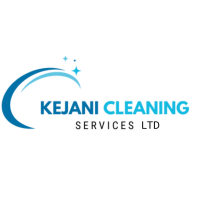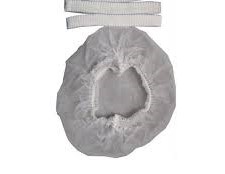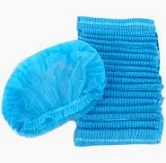Ensuring food safety and hygiene is paramount in the food service industry. One critical aspect of maintaining cleanliness in food preparation areas is the proper use of hairnets. This article delves into the importance of hairnets in restaurants and food service establishments, addressing common questions and providing guidance based on Kenyan regulations and best practices.
Are Hairnets Required in Restaurants?
Yes, hairnets are essential in restaurants to prevent hair from contaminating food. They serve as a barrier, ensuring that hair and dandruff do not fall into food during preparation and service. While specific regulations may vary, the general consensus in the food industry is that hairnets are a fundamental component of personal hygiene for food handlers.
Are Hairnets Required in Food Service?
Absolutely. In all food service environments, including catering services, bakeries, and cafeterias, hairnets are crucial for maintaining food hygiene standards. They help in minimizing the risk of food contamination, thereby safeguarding consumer health and upholding the establishment’s reputation.
Are Hair Nets Required in Kitchens?
Yes, in both commercial and institutional kitchens, wearing hairnets is a standard practice. They are part of the personal protective equipment (PPE) that food handlers must use to ensure that food remains uncontaminated. This practice is especially important in open kitchens where customers can observe food preparation.
Are Hairnets Required?
While the term “required” can depend on specific local regulations, the use of hairnets is widely recognized as a best practice in the food industry. They are a simple yet effective measure to maintain hygiene and prevent food contamination.
Are Hair Nets Mandatory?
In many jurisdictions, including Kenya, the use of hairnets in food handling areas is mandated by health and safety regulations. Compliance with these regulations is essential to avoid penalties and ensure the safety of consumers.
When Are Hairnets Required?
Hairnets should be worn at all times when handling or preparing food. This includes during cooking, packaging, and serving processes. They are also necessary when entering food preparation areas, even if not directly involved in food handling, to prevent any potential contamination.
Are Hair Nets Required by Law?
Yes, in Kenya, food safety regulations stipulate that food handlers must maintain high standards of personal hygiene, which includes covering hair to prevent contamination. These regulations are enforced by health authorities to ensure public health safety.
When Should Hair Nets Be Worn?
Hairnets should be worn:
-
Before entering any food preparation or handling area.
-
During all food preparation and packaging activities.
-
When serving food, especially in open or buffet-style settings.
-
Whenever there is a risk of hair contaminating food products.
Importance of Hairnets in Food Safety
Hairnets play a vital role in maintaining food safety by:
-
Preventing Contamination: They stop hair and scalp particles from falling into food, which can cause contamination.
-
Maintaining Hygiene Standards: They are part of the standard hygiene protocols in food service establishments.
-
Enhancing Professionalism: Wearing hairnets demonstrates a commitment to cleanliness and professionalism.
-
Compliance with Regulations: They help establishments comply with health and safety laws, avoiding potential fines and closures.
Types of Hairnets
There are various types of hairnets available to suit different needs:
-
Disposable Hairnets: Ideal for single-use scenarios, ensuring maximum hygiene.
-
Reusable Hairnets: Made from durable materials, suitable for repeated use after proper cleaning.
-
Bouffant Caps: Provide full coverage, especially for individuals with longer hair.
-
Beard Nets: Essential for staff with facial hair to prevent contamination.
Best Practices for Using Hairnets
To ensure effectiveness:
-
Proper Fit: Hairnets should fully cover all hair, including sideburns and the nape of the neck.
-
Cleanliness: Use clean hairnets daily; disposable ones should be discarded after use.
-
Storage: Store hairnets in a clean, dry place to prevent contamination.
-
Training: Staff should be trained on the correct use and importance of hairnets.
Conclusion
Hairnets are a simple yet crucial component in maintaining food safety and hygiene in restaurants and food service establishments. Their use is not only a best practice but also a legal requirement in many areas, including Kenya. By ensuring that all food handlers wear hairnets, establishments can protect their customers, uphold their reputation, and comply with health regulations.
Where to Purchase Hairnets
For high-quality hairnets suitable for food service environments, consider the following options:
-
Disposable Hair Nets 100 Pcs: Ideal for single-use, ensuring hygiene and convenience.
-
100 Pack Blue Hairnets: Durable and comfortable, suitable for various food service settings.
-
Case Of 500 X Medline Pro Series Bouffant Caps: Bulk option for large establishments, offering cost-effectiveness and quality.
Investing in proper hairnets is a step towards ensuring food safety and maintaining the trust of your customers.



0 Comments